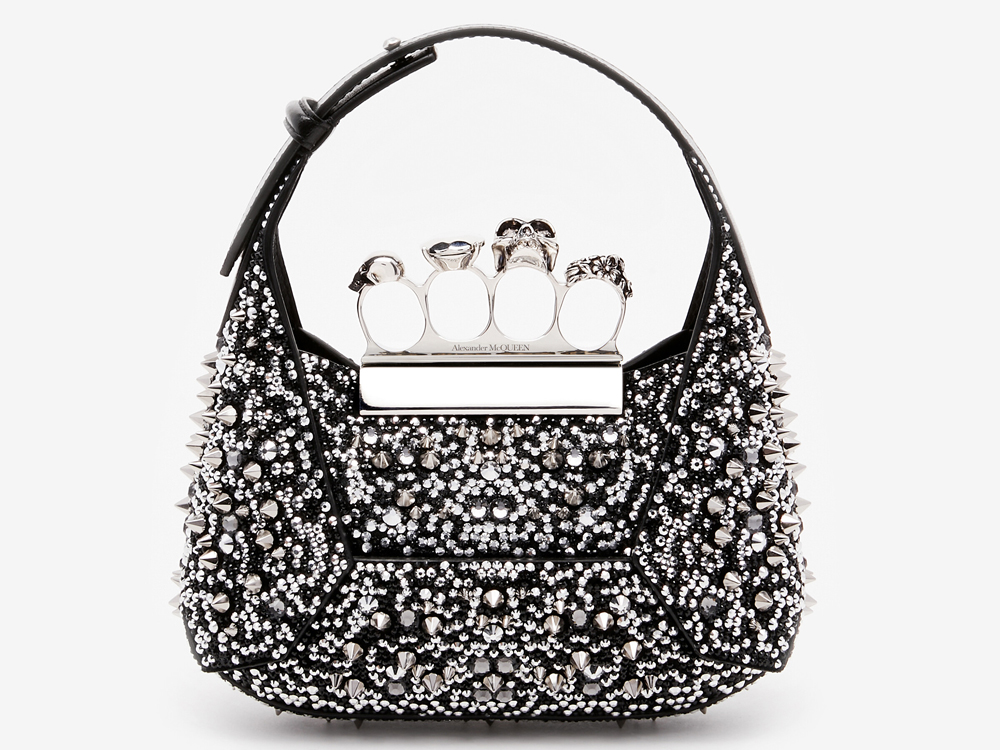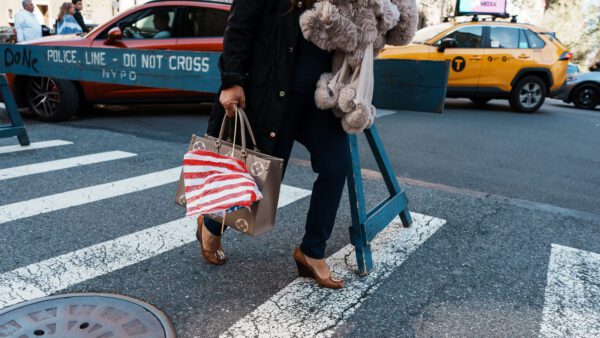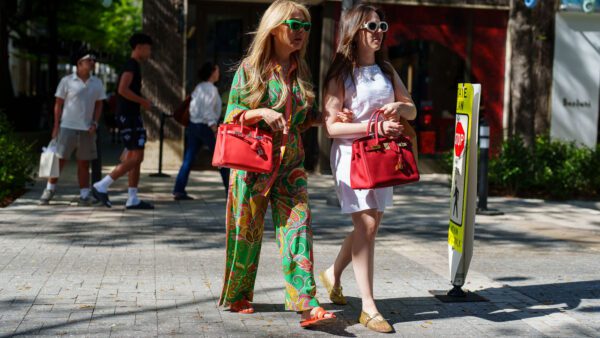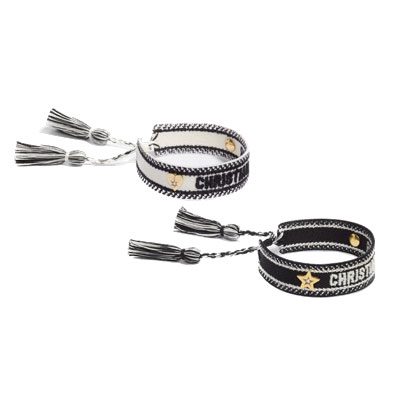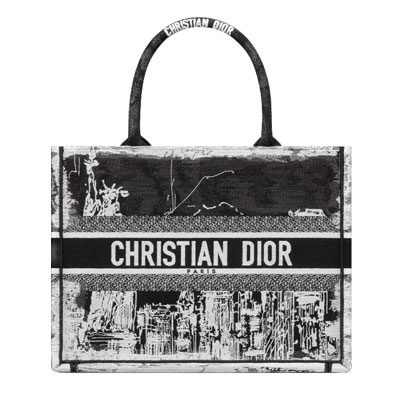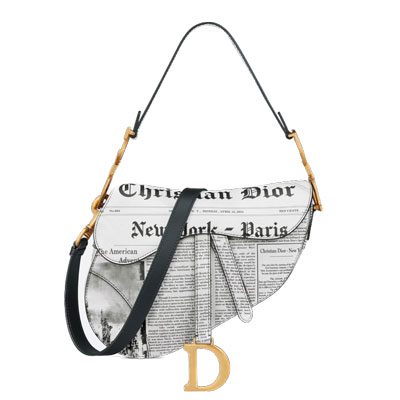Some would say he had all the makings of a fairy-tale prince. A mouthful of an English title akin to a knight of honor. Legions of glamorous women clamored at the very mention of his name. A crowning set of prized jewels worth a (relative) fortune. And a grand memorial befitting royalty. But the story of Lee Alexander McQueen and his namesake brand was anything but; non-conformist and controversial; it defied rules and challenged perceptions.
In fact, when British fashion seemed to lag behind its European counterparts, McQueen unapologetically forged his own path, developing a luxuriously Gothic aesthetic quintessential to the brand even today. And yet, aside from the occasional (and unmissable) knuckle-duster clutch, appreciation for the brand, in all its avant-garde-glory, remains decidedly slim, especially among us purse-lovers. So today, we revisit some of McQueen’s underrated pieces throughout the years and examine whether, with its latest launch, the brand can change the status quo once and for all.
A Tragic Backstory
From his rags-to-riches tale of starting off as a humble taxi driver’s son and leading a luxury label; to his allegedly profanity-laden Savile Row suit for the Prince of Wales, a lot has been said about McQueen’s past. And it is through his numerous stints (including one at theatrical costumiers, Angels, and Bermans) that the designer, despite not having descended from a rarefied fashion family, was able to hone his prowess, culminating in his infamous 1992 Jack the Ripper-inspired MA collection at Central Saint Martin’s, which reportedly converted European socialite, Isabelle Blow, into a lifelong devotee.
Founded immediately upon graduation, his eponymous brand gained rapid recognition for sartorial icons, like his notorious bumster pants (singlehandedly glamorizing the dreaded low-rise), dresses spray-painted by robots on the runway (feels familiar, Coperni?), and the hotly-debated Fall/Winter 1995 collection, marrying the romanticism of the era with dark influences drawn from the likes of Lord of the Flies, Hitchcock’s films, asylums, chess games, and S&M. In fact, aside from a rather uneasy LVMH appointment as the Creative Director of Givenchy (his own label having been acquired by Kering), the 2000s saw the height of McQueen’s fame, earning him a title as the L’Enfant terrible of fashion.
But just because things were going well, business-wise didn’t mean the same on the personal front. After a turbulent few years following the suicide of his longstanding patron, Ms. Blow, Lee himself died of suspected suicide, following two major events of his life – the passing of his dear mother and his SS10 collection, widely hailed as his best yet. And while the fashion world mourned the loss of a true heretic, Sarah Burton, McQueen’s right-hand of 14 years, was appointed to lead the design house.
The Many (Unsung) Bags of Alexander McQueen
Zac Posen famously said, “Fashion is a business that loves an exception.” And perhaps no one embodied this better than McQueen. With an intermix of British tailoring, haute Parisian dressmaking, and Italian craftsmanship at its heart, McQueen’s clothing was visceral, unique, and often totally impractical for daily use.
Consequently, his purses delivered the brand to the closets of us commoners. Most notably, the Skull-and-Knuckle clutches. No noughties red carpet was complete without them, and no phone would ever fit in them (but then again, which mini-bag does?). Rendered in every texture, color, embellishment, and finish imaginable, be it beads, exotics, feathers, or flowers, there’s a Skull Clutch to satisfy every fantasy! And since its inception in 2007, they’ve remained a steady bestseller for the brand and true collectibles for aficionados.
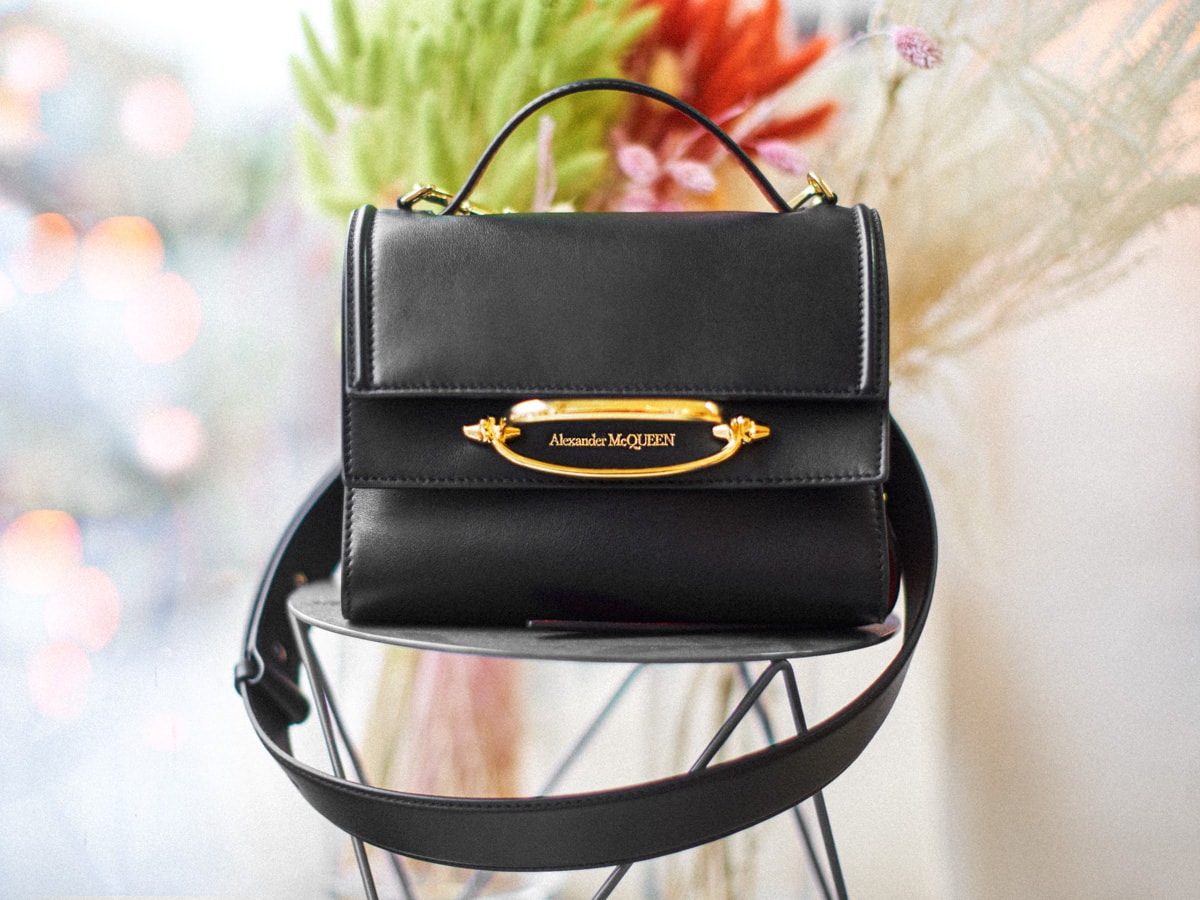
The trouble, however, is that very few of McQueen’s subsequent launches have lived up to the glory of the Skull Clutch. The Novak bag, released in 2005 (christened after Hitchcock’s Vertigo actress, Kim Novak) enjoyed a brief bout of popularity in the mid-aughts, while the Heroine, the first big push for the brand after Burton’s appointment, made rounds as celebrity arm-candy throughout the 2010s. For Spring 2020, the Story bag was launched with a jewelry-inspired metal handle to boot. And for SS21, at the height of the pillow-purse trend, Burton unveiled the Curve Bag, a structured bucket-esque silhouette with harness details.
Yet, neither the flashy adverts nor the heavy celeb endorsements managed to catapult these purses to the handbag hall of fame. So, what gives?
Knight in Jeweled Armor?
Amidst complaints of designers imitating each other, a departure from what we’re accustomed to, as seen in McQueen’s case, doesn’t seem to have fared much better. In fact, Burton has, until now, almost exclusively stuck to her own design ethos, choosing not to jump onto the bandwagon of puffy bags and archival resurgences so rampant across the industry lately.
This is perhaps why the label’s spring/summer 2023 show, titled ‘First Sight,’ was such a deviation for both the designer and the brand. Featuring exaggerated, deconstructed ensembles and a return of the original “bumster” jeans, the most notable handbag entry on the runway was the Jeweled Hobo, the new star of McQueen’s lineup.
Essentially a half-moon hobo akin to today’s trending styles but reimagined with the founder’s original knuckle-duster clasp, and a paneled, geometric construction, the Jeweled Hobo arrives in two sizes, a sleek regular for daily wear and a dressy mini that, with its faceted stones, myriad metallic, neutral and pastel colorways, and even an allover-embroidered rendition, blurs the boundary between jewelry and accessory.
Clearly, Burton has shifted her strategy for Alexander McQueen in line with Kering’s other brands. But the question remains, can the Jeweled Hobo put the “Kering Effect” into play for the brand, gearing it for success like it has done for Bottega Veneta or Gucci? And at the end of the day, is likening oneself to other brands the key to success for the fashion houses of today? Really makes one think.


